Are you fascinated by ancient temples and their intriguing history and architecture? If yes, then the Varaha Temple in Pushkar, Rajasthan, India, is a must-visit for you. Built during the 12th century, this temple holds immense religious and cultural significance, and is an example of the stunning architecture and artistry of that era.
In this article, we will take you on a journey through the history, architecture, and religious importance of the Varaha Temple. We will explore its unique features, the legends and myths associated with it, and the reasons why it continues to attract visitors from all over the world.
History of Varaha Temple
The Varaha Temple was built in the 12th century by King Anaji Chauhan, the ruler of Ajmer, and is dedicated to Lord Varaha, an avatar of Lord Vishnu. The temple was built on the banks of the Pushkar Lake, which is considered one of the holiest lakes in India. Over the years, the temple has undergone several renovations and restorations, but its original grandeur and beauty have been well-preserved.
Architecture of Varaha Temple
The Varaha Temple is a stunning example of Nagara-style architecture, which is known for its intricate carvings and sculptures. The temple is built on a raised platform, and its main entrance is adorned with intricate carvings of gods and goddesses. The temple has a rectangular structure, with a dome-shaped shikhara (spire) at the top. The shikhara is adorned with intricate carvings of gods and goddesses, and is topped with a golden kalash (urn) that adds to the temple’s grandeur and beauty.
Legend and Mythology associated with Varaha Temple
According to Hindu mythology, Lord Varaha is the third avatar of Lord Vishnu. It is said that Lord Varaha rescued the Earth from the demon Hiranyaksha, who had dragged it to the bottom of the cosmic ocean. The Varaha Temple is dedicated to Lord Varaha, and is believed to be the place where Lord Varaha appeared to rescue the Earth. Legend has it that the temple was built at the spot where Lord Varaha’s hoof touched the ground.
Religious Importance of Varaha Temple
The Varaha Temple holds immense religious significance for Hindus, and is considered one of the holiest temples in India. The temple is visited by thousands of devotees every year, who come to seek the blessings of Lord Varaha. The temple is also an important pilgrimage site for those who wish to take a dip in the holy waters of the Pushkar Lake.
Unique Features of Varaha Temple
The Varaha Temple is known for its stunning architecture and intricate carvings, but it also has several unique features that make it stand out. One of the most unique features of the temple is its underground shrine, which is dedicated to Lord Varaha. The shrine is accessed through a flight of stairs, and is believed to be the spot where Lord Varaha appeared to rescue the Earth. Another unique feature of the temple is the idol of Lord Varaha, which is made of a single black stone and is believed to be one of the largest Varaha idols in India. The idol is almost 2 meters long and 1.5 meters tall and is a marvel of ancient Indian craftsmanship.
The temple also has several smaller shrines dedicated to other Hindu deities, including Lord Shiva, Lord Ganesha, and Goddess Lakshmi. These shrines are adorned with intricate carvings and sculptures, making them a sight to behold.
Festivals Celebrated at Varaha Temple
The Varaha Temple is known for its vibrant festivals and celebrations. One of the most important festivals celebrated at the temple is Varaha Jayanti, which is dedicated to Lord Varaha and is celebrated with great pomp and show. Other important festivals celebrated at the temple include Diwali, Holi, and Janmashtami.
How to Reach Varaha Temple
The Varaha Temple is located in the heart of Pushkar, Rajasthan, and is easily accessible by road. The nearest airport is in Jaipur, which is about 150 kilometers away, and the nearest railway station is in Ajmer, which is about 15 kilometers away. From Ajmer, you can take a taxi or a bus to reach Pushkar.
Best Time to Visit Varaha Temple
The best time to visit the Varaha Temple is between October and March when the weather is pleasant and comfortable. During this time, the temple also hosts several festivals and celebrations, making it a great time to visit.
Places to Visit Near Varaha Temple
There are several other places to visit near the Varaha Temple, including the Pushkar Lake, the Brahma Temple, the Savitri Temple, and the Rangji Temple. All these places are known for their stunning architecture and religious significance.
Things to Do Near Varaha Temple
Apart from visiting the temples and shrines, there are several other things to do near the Varaha Temple, including taking a dip in the holy waters of the Pushkar Lake, going on a camel safari, and shopping for handicrafts and souvenirs in the local markets.
Where to Stay Near Varaha Temple
There are several accommodation options near the Varaha Temple, including budget guesthouses, mid-range hotels, and luxury resorts. Some popular options include Pushkar Palace, Hotel Brahma Horizon, and Ananta Spa & Resort.
What to Eat Near Varaha Temple
Pushkar is known for its delicious food and street food, and there are several options available near the Varaha Temple. Some popular dishes to try include dal baati churma, kachori, and rabri.
Tips for Visiting Varaha Temple
If you’re planning to visit the Varaha Temple, here are some tips to keep in mind:
- Dress appropriately and modestly, as the temple is a religious site
- Remove your shoes before entering the temple
- Carry a hat or an umbrella, as it can get hot during the day
- Hire a guide if you want to learn more about the temple’s history and significance
- Be respectful of the temple and its surroundings
Conclusion
The Varaha Temple in Pushkar is a stunning example of ancient Indian architecture and craftsmanship, and is a must-visit for anyone interested in history, art, and religion. With its unique features, vibrant festivals, and religious significance, the temple continues to attract visitors from all over the world, making it a true gem of India.
FAQs
- What is the Varaha Temple? The Varaha Temple is a Hindu temple located in Pushkar, Rajasthan, India. It is dedicated to Lord Varaha, an avatar of Lord Vishnu, and is known for its unique architecture and intricate carvings.
- What is the significance of Lord Varaha in Hinduism? Lord Varaha is an avatar of Lord Vishnu and is believed to have rescued the Earth from the demon Hiranyaksha by lifting it out of the cosmic ocean with his tusks. He is also associated with prosperity and abundance.
- What are some of the festivals celebrated at Varaha Temple? The Varaha Temple is known for its vibrant festivals and celebrations, including Varaha Jayanti, Diwali, Holi, and Janmashtami.
- What are some popular dishes to try near Varaha Temple? Some popular dishes to try near the Varaha Temple include dal baati churma, kachori, and rabri.
- What are some nearby attractions to visit near Varaha Temple? There are several other places to visit near the Varaha Temple, including the Pushkar Lake, the Brahma Temple, the Savitri Temple, and the Rangji Temple.


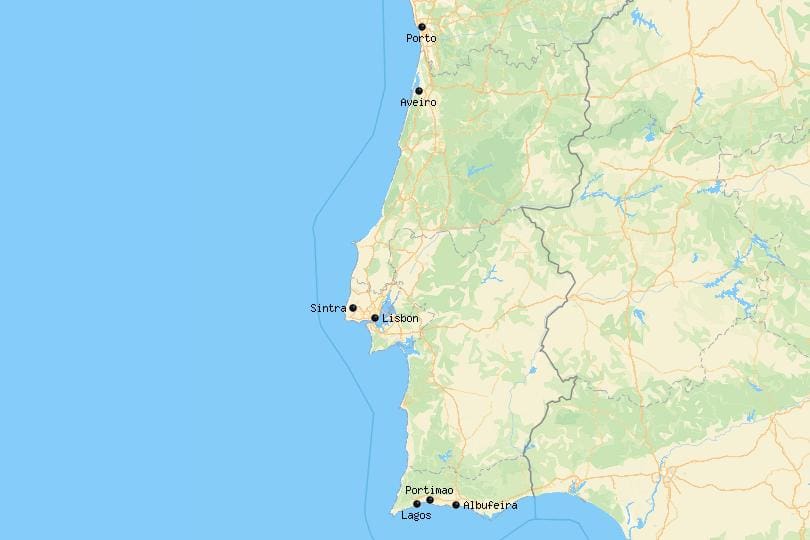

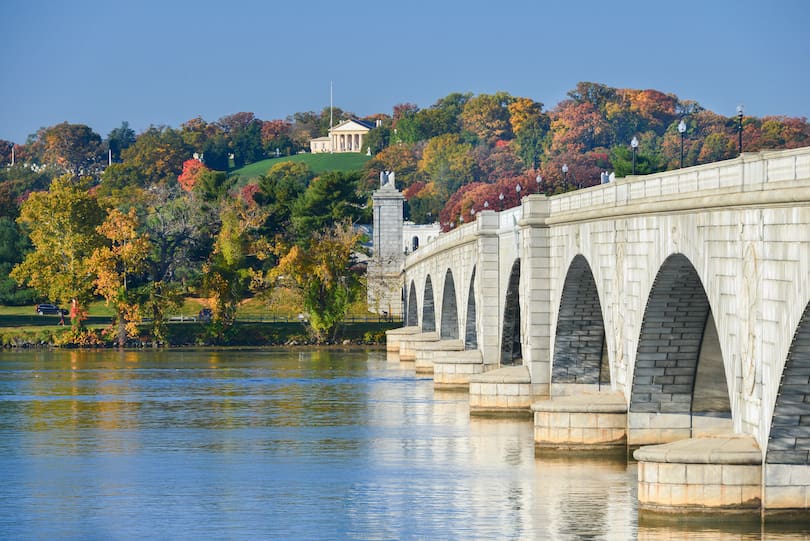

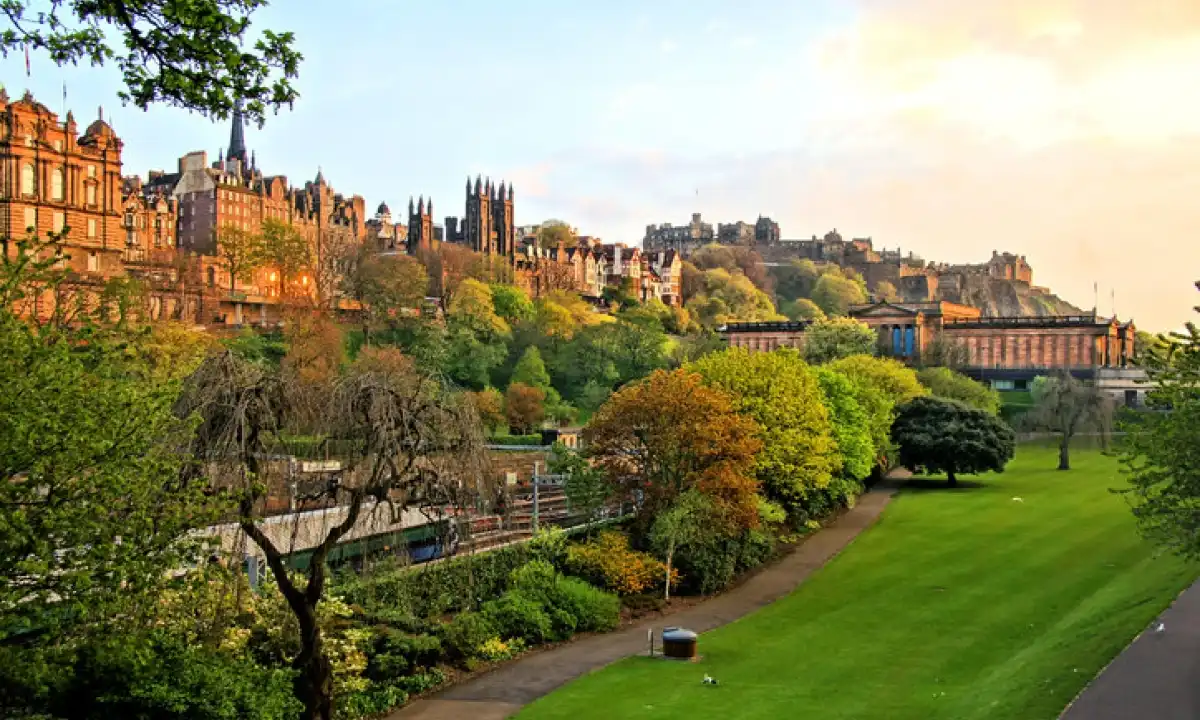

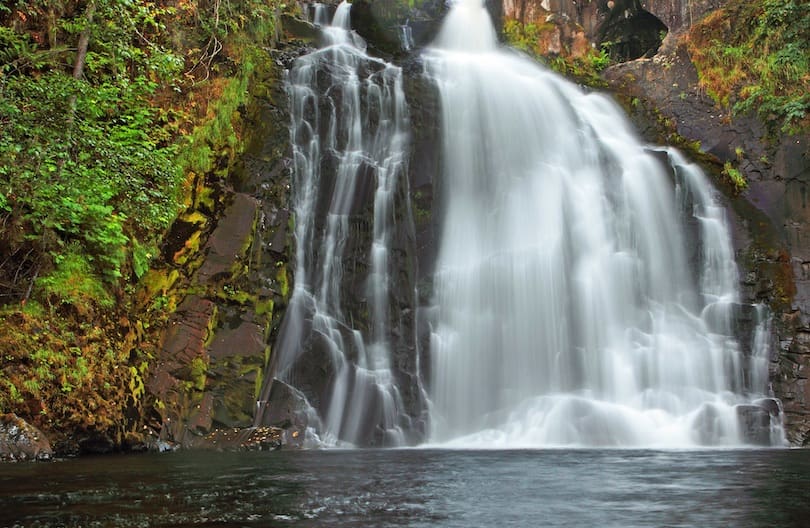

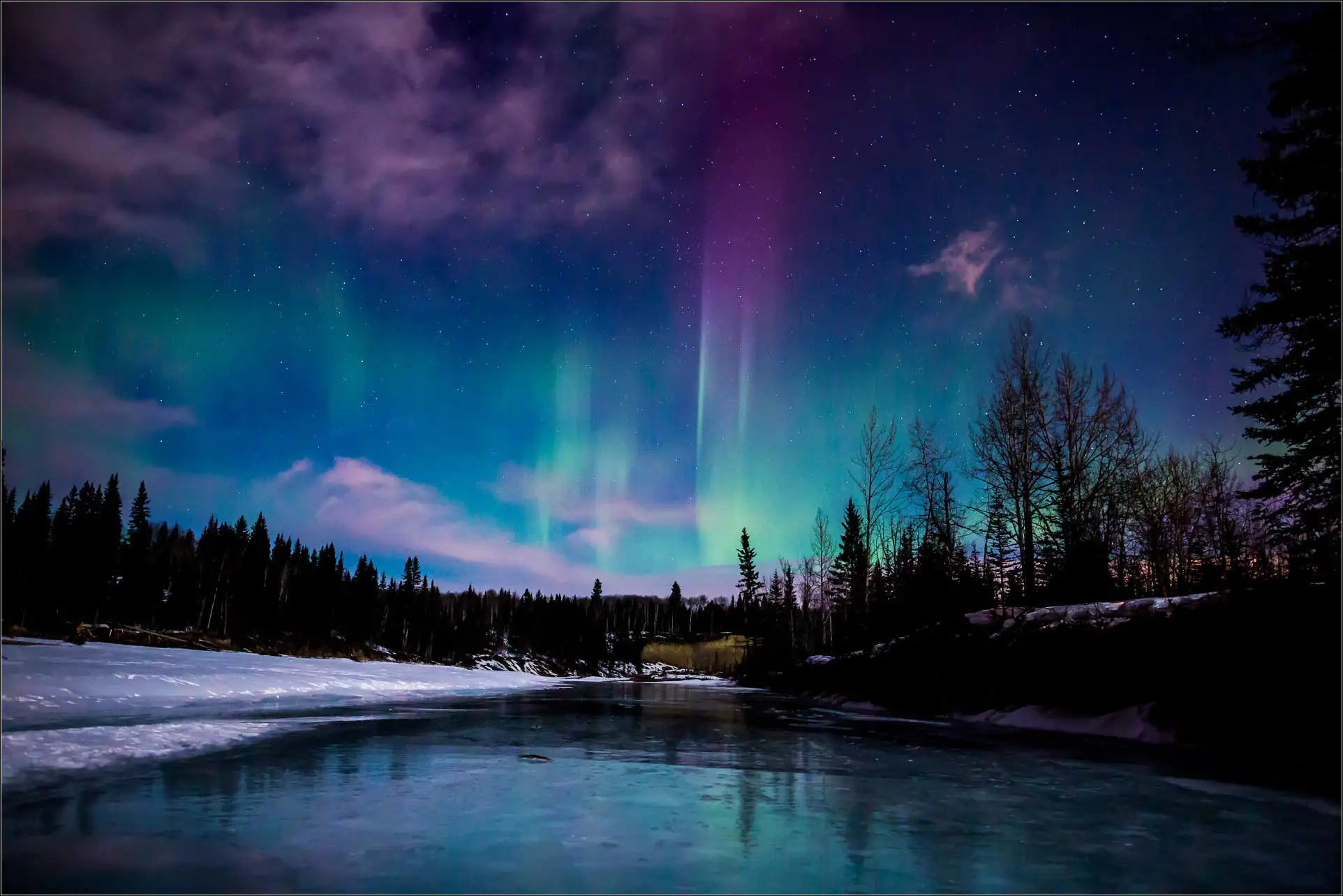





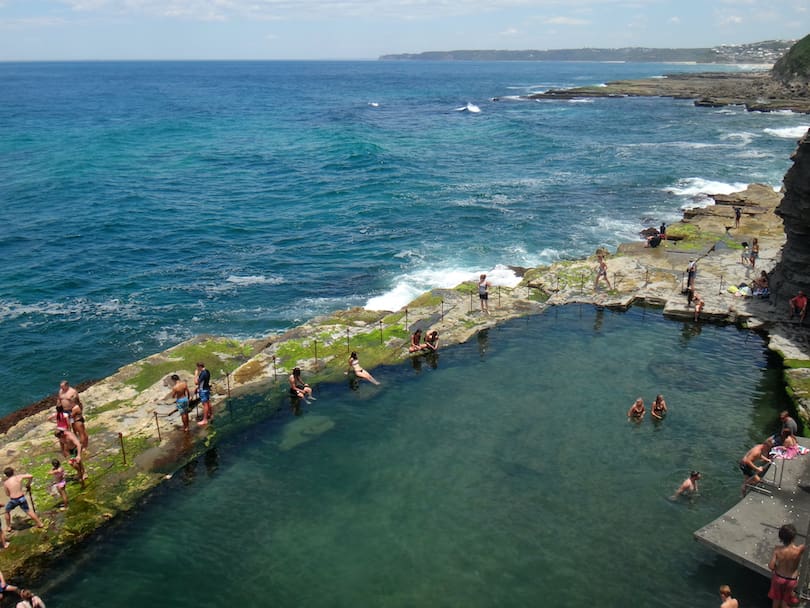
I really appreciate this post. I¦ve been looking all over for this! Thank goodness I found it on Bing. You have made my day! Thanks again
demais este conteúdo. Gostei bastante. Aproveitem e vejam este site. informações, novidades e muito mais. Não deixem de acessar para descobrir mais. Obrigado a todos e até a próxima. :)
I like this site because so much utile material on here : D.